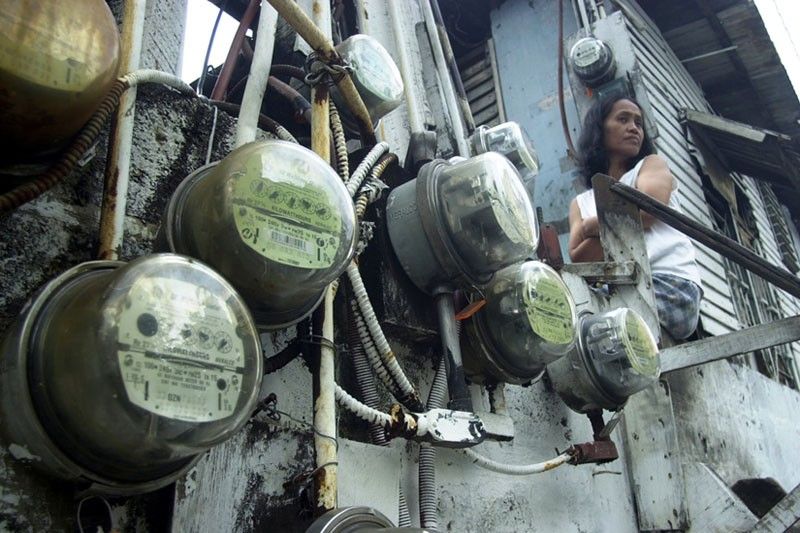Power producers cite need for more peaking plants

MANILA, Philippines — The country needs to develop more peaking power plants – or those plants that can run during peak hours – in order to address any sudden spikes in demand and address the problem of brownouts, according to the country’s power producers.
As peaking plants act as “insurance” on power supply, the government should encourage the development of more of these facilities, said Philippine Independent Power Producers Inc. (PIPPA) president Anne Estorco-Macias.
“Instead of discussing penalties which can be restrictive to investors, we need to discuss solutions and mitigation plans based on our demand and supply situation. Penalties are merely reactionary and do not focus on the problem at hand which is the lack of new plants, particularly peaking plants to act as our insurers when there is a peak in the system,” she said.
The PIPPA official said the demand profile is very peaky, even with sufficient reserves.
At least 2.2 percent of the time, the power grid needs an additional 700 megawatts which can be supplied by peaking plants.
Meanwhile, baseload plants – or those that operate 24/7 – cater to the power demand needed at 50 percent of the day.
However, Estorco-Macias said there is a need to establish the grid’s brownout or loss of load or manual load drop expectation or probability called loss of load expectation to be able to determine how much “insurance plants” or peaking plants are needed to be developed and the amount of dispatch.
This is because peaking plants are having difficulty in securing bilateral contracts, or ancillary services, and can only sell through the wholesale electricity market (WESM).
This makes it an unattractive investment because of the question on where can the cost of developing peaking plants be recovered when the power plants are on shutdown.
“By setting a target LOLE, we can determine how much peaking plants we need and the percent utilization of the marginal peaking plant. The target LOLE should determine the necessary policies/regulations to enable us to reach such target --- price cap, investment incentives, additional markets for peaking capacity such as forwards and reserves market or realization of energy efficiency measures to flatten the load profile,” Estorco-Macias said.
Starting this month, the Luzon power grid has been placed on red alert multiple times, with rotational brownouts occurring in various parts of the island due to the unplanned shutdown of several power plants.
The Senate energy committee chaired by Sen. Sherwin Gatchalian recently held a public hearing following the recent spate of power outages in Luzon.
- Latest
- Trending






























